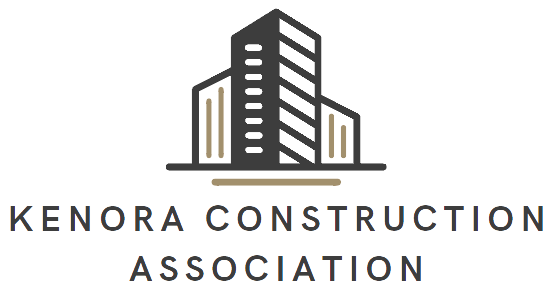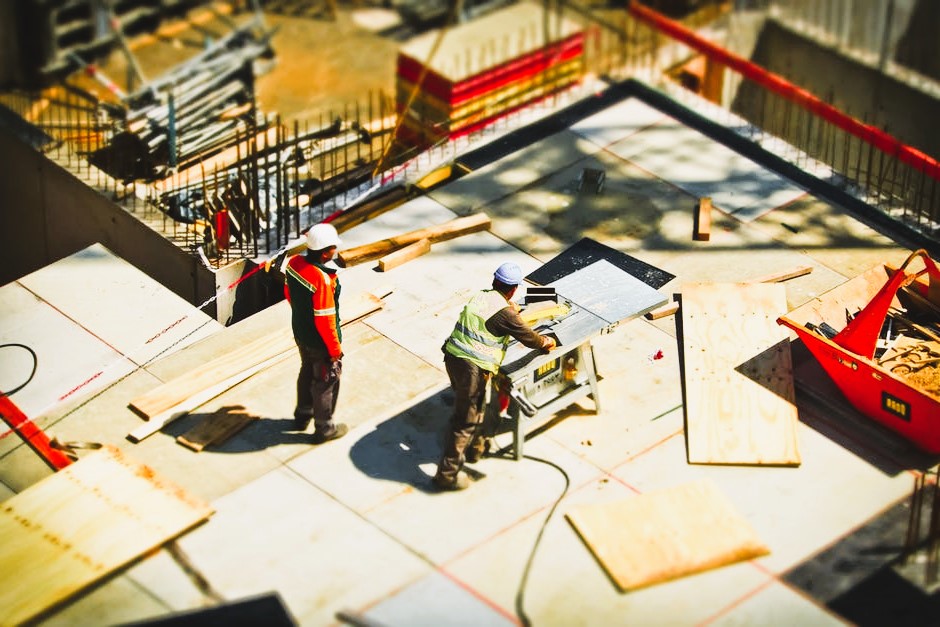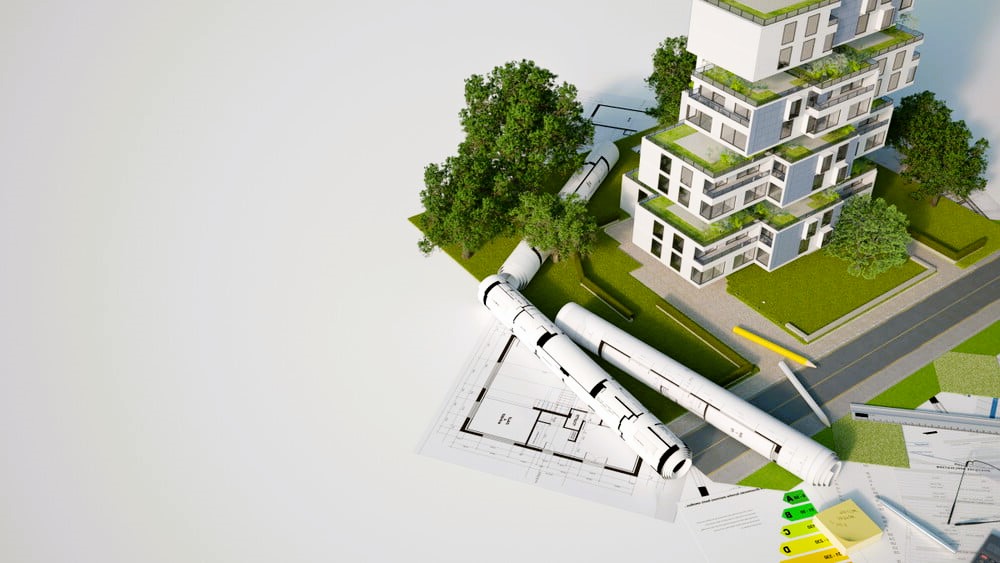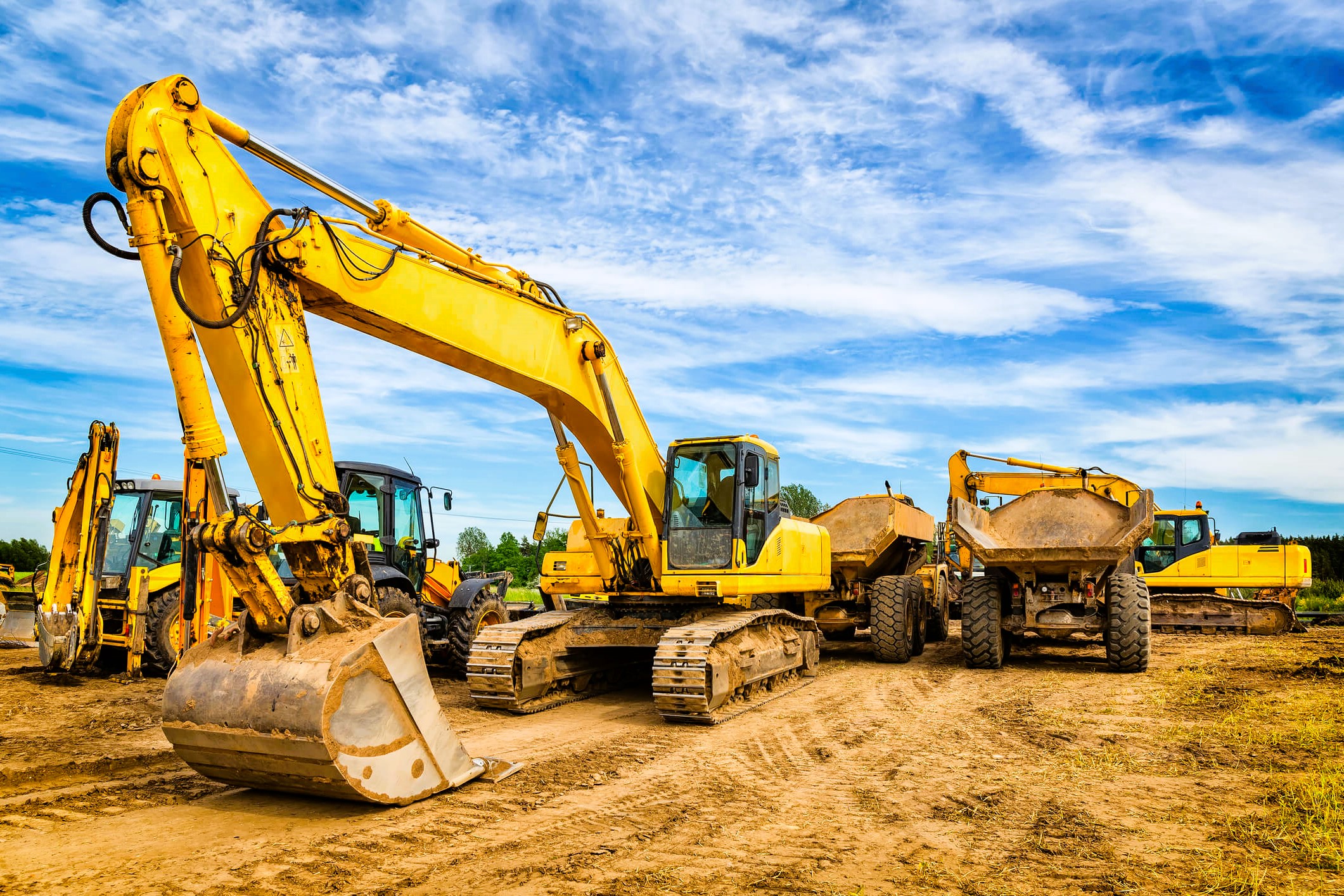Ensuring quality in construction projects is paramount to deliver safe, durable, and visually appealing structures. The choice of construction materials and techniques plays a crucial role in achieving high-quality results. This article explores the importance of quality in construction, focusing on the selection of materials and techniques that promote durability, sustainability, and compliance with industry standards. By emphasizing quality throughout the construction process, professionals can enhance project outcomes and meet client expectations.
- Selecting High-Quality Construction Materials:
Choosing high-quality construction materials is fundamental to the longevity and performance of a structure. From concrete and steel to wood and insulation, each material must meet specific standards and requirements. Consider factors such as strength, durability, resistance to environmental factors, and compatibility with other building components. Engage with reputable suppliers and manufacturers to ensure the authenticity and reliability of materials.

- Compliance with Building Codes and Standards:
Adherence to building codes and industry standards is vital for quality construction. Building codes establish minimum requirements for structural integrity, fire safety, accessibility, and energy efficiency. Familiarize yourself with local building codes and regulations to ensure compliance throughout the construction process. Compliance with codes and standards ensures that the final structure meets safety requirements and withstands the test of time.
- Quality Assurance and Quality Control:
Implementing robust quality assurance (QA) and quality control (QC) measures is essential to ensure that construction materials and techniques meet specified standards. QA involves establishing processes and procedures to monitor and evaluate materials, systems, and workmanship. QC focuses on inspections and tests to verify that construction meets quality requirements. Regular inspections, material testing, and documentation ensure adherence to quality standards.
- Sustainable Construction Materials and Practices:
Sustainable construction materials and practices contribute to both quality and environmental stewardship. Consider using eco-friendly materials, such as recycled content products, responsibly sourced wood, and low-VOC paints. Incorporate sustainable construction techniques, such as energy-efficient designs, water conservation measures, and waste management plans. By prioritizing sustainability, construction professionals can create high-quality structures that minimize environmental impact. The role of technology in modern construction projects, you can find at this link.
- Quality Craftsmanship and Workmanship:
The craftsmanship and workmanship of construction personnel significantly influence the quality of the final product. Skilled workers with experience in their respective trades ensure proper installation, precision, and attention to detail. Regular training programs, certification requirements, and adherence to best practices help maintain high standards of workmanship. Quality craftsmanship guarantees the integrity and durability of the constructed elements.
- Continuous Inspection and Testing:
Regular inspection and testing of construction materials and techniques are essential to identify potential issues early in the construction process. Conduct inspections at critical stages of construction to ensure compliance with design specifications, structural integrity, and quality standards. Perform tests such as concrete strength testing, material strength analysis, and waterproofing assessments. Continuous inspection and testing provide feedback for quality improvement and reduce the risk of future problems.
- Collaboration and Communication:
Effective collaboration and communication among all project stakeholders contribute to quality construction outcomes. Foster open lines of communication between architects, engineers, contractors, suppliers, and clients. Regular meetings, progress reports, and documentation help ensure that everyone is aligned with project goals, design intent, and quality requirements. Timely communication allows for prompt resolution of issues and minimizes potential delays or errors.

For more information on ensuring quality in construction, you can visit the following websites:
- Wikipedia: Quality Management System
Conclusion:
Ensuring quality in construction requires a holistic approach that encompasses the selection of high-quality materials, compliance with building codes and standards, implementation of quality assurance and control measures, adoption of sustainable practices, promotion of quality craftsmanship, and continuous inspection and testing. By prioritizing quality throughout the construction process and embracing collaboration and communication, professionals can deliver structures that meet safety, durability, and aesthetic standards.




